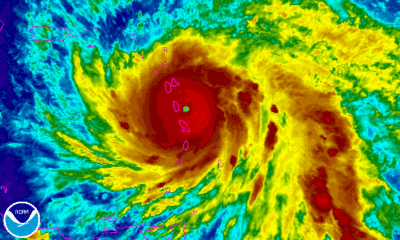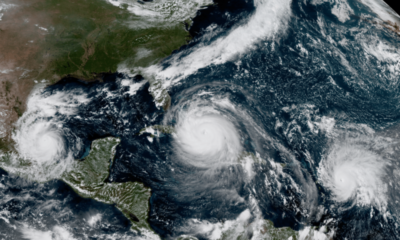
The global consumption for oil won’t peak until 2040, the International Energy Agency announced as part of its long-term forecast of industry supply and demand in the years to come. The agency took into account the global implementation of the 2015 Paris Climate Change Agreement in its estimations.
The Paris accord aims to reduce damaging emissions and wean the global economy off fossil fuels by the second half of the century in a bid to restrict the increase in average world temperatures to “well below” 2 degrees Celsius (3.6 Fahrenheit) above pre-industrial times.
While demand for oil to fuel passenger cars may fall, other sectors will an increase in demand, the agency stated.
“The difficulty of finding alternatives to oil in road freight, aviation and petrochemicals means that, up to 2040, the growth in these three sectors alone is greater than the growth in global oil demand,” the IEA said in its annual World Energy Outlook.
From 2020, the European Union will enforce stricter rules on vehicle emissions set to diminish the use of traditional fuels such as diesel and gasoline.
The IEA report presents three scenarios — its “New Policies” scenario has Paris accord signatory countries attempting to meet the treaty’s requirements and environmental regulations. Its “450 scenario” assumes the signatories will meet the accord’s targets while the “current policies” scenario does not take into account the Paris deal at all.
The report’s “New Policies” scenario has demand reaching 103.5 million barrels per day by 2040 from 92.5 million bpd in 2015, for which India will be a leader in demand growth as China outstrips the United States as the globe’s largest oil consumer state.
The IEA’s “450 scenario” predicts a growing use of electric vehicles and biofuel consumption that reduces the demand for oil.
“In the 450 Scenario, global oil demand peaks by 2020, at just over 93 million bpd. The subsequent decline in demand accelerates year-on-year, so that by the late 2020s global demand is falling by over 1 million bpd every year,” the IEA said.
“Oil use in passenger vehicles in the 450 Scenario falls from just under 24 million bpd to 15 million bpd in 2040, nearly 10 million bpd lower than the 2040 level in the New Policies Scenario,” the agency said.
In its Current Policies scenario, the IEA calculates world oil supply will increase to 113.6 million bpd by 2040 while demand will reach 117 million bpd.















Facebook
Twitter
Pinterest
Google+
LinkedIn
Email